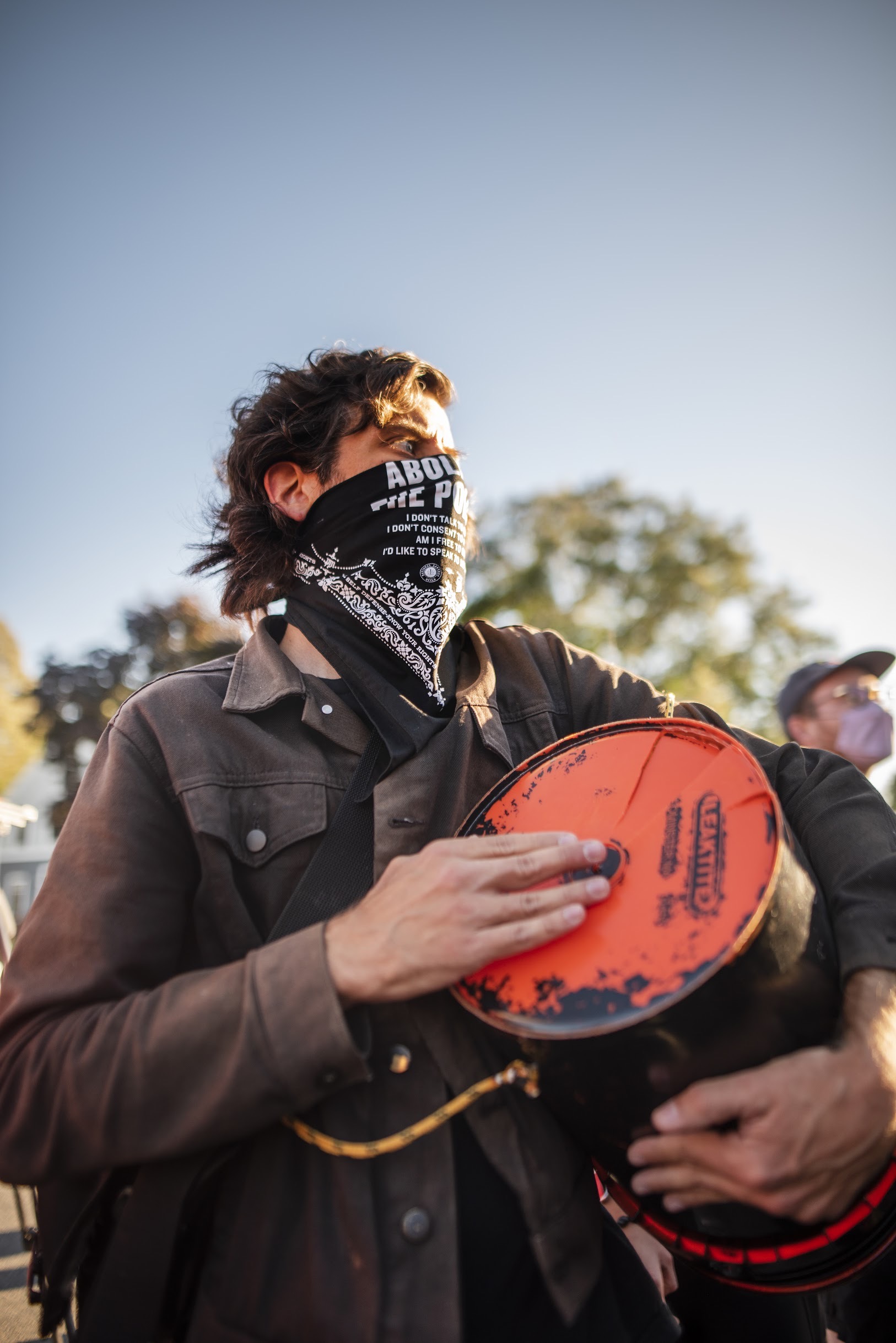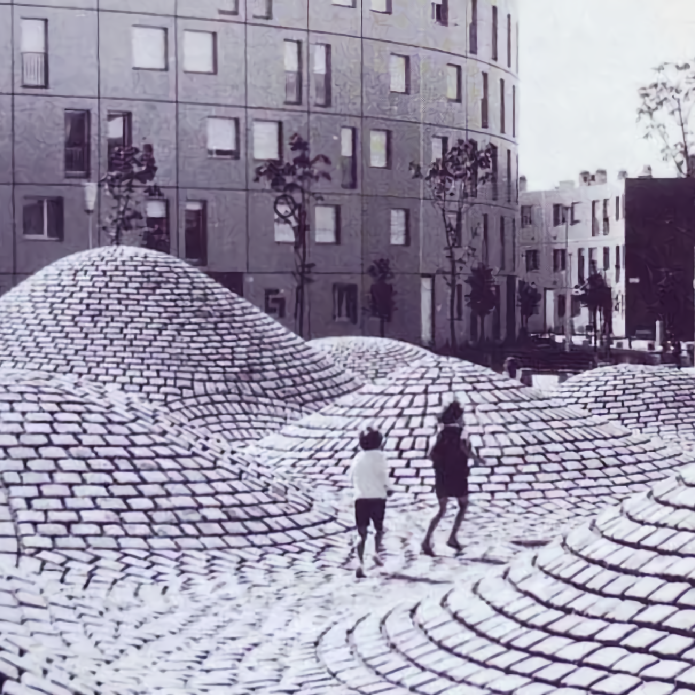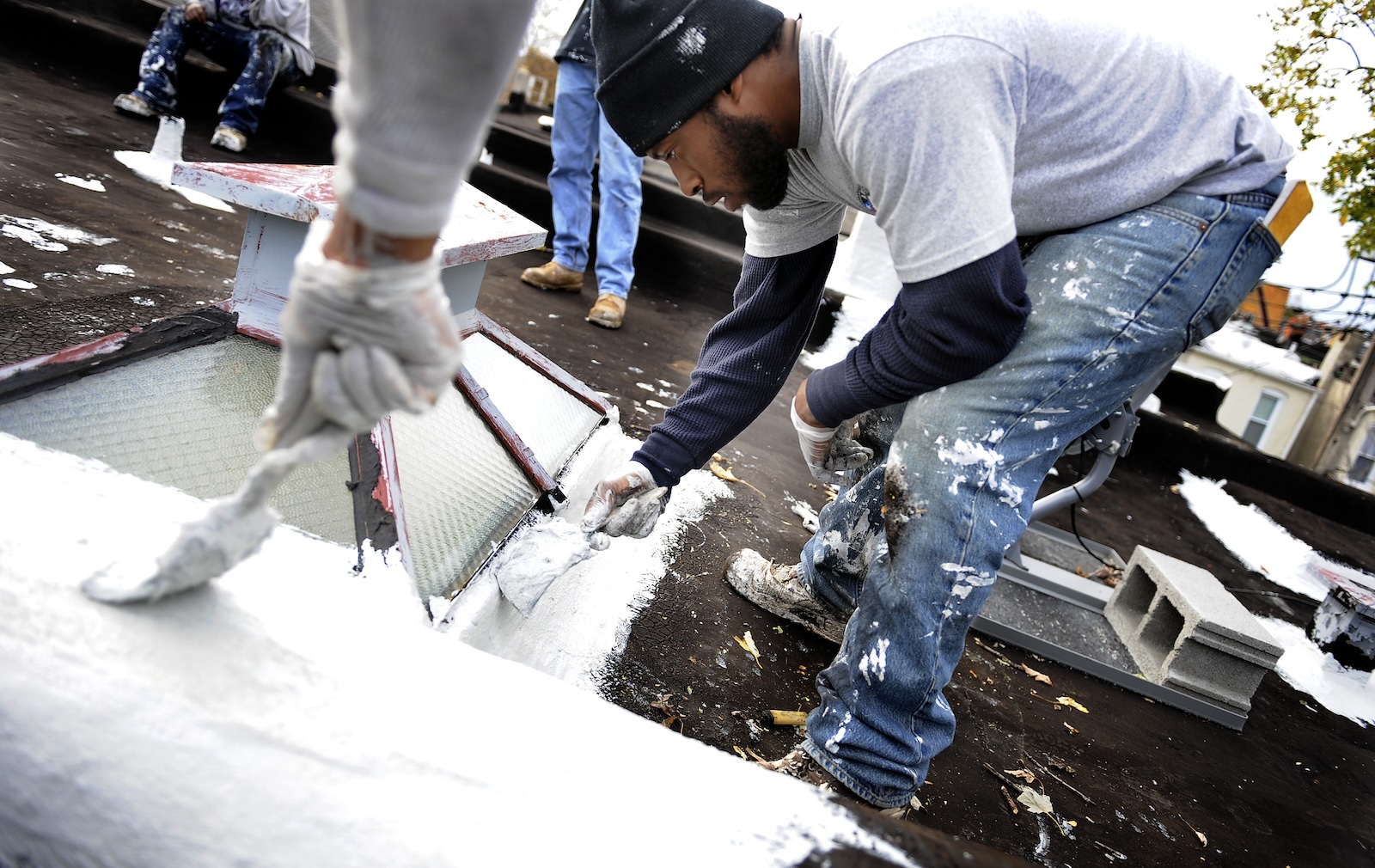Walk outside into 100-degree heat wearing a black shirt, and you’ll feel a whole lot hotter than if you were wearing white. Now think about your roof: If it’s also dark, it’s soaking up more of the sun’s energy and radiating that heat indoors. If it were a lighter color, it’d be like your home was wearing a giant white shirt all the time.
This is the idea behind the “cool roof.” Last month, Atlanta joined a growing number of American cities requiring that new roofs be more reflective. That significantly reduces temperatures not just in a building, but in the surrounding urban environment. “I really wanted to be able to approach climate change in the city of Atlanta with a diversity of tactics,” said City Council member Liliana Bakhtiari, who authored the bill, “because it’s far easier to change a local climate than it is a global one.”



Loose dark clothing encourages airflow. Covering up prevents sunburn and direct solar heating.
For buildings, airflow can cool them too. But it doesn’t need to be done through dark roofs or dark exterior walls. And buildings could have more sunshades and awnings, and smaller windows to prevent solar heat gain.
https://en.m.wikipedia.org/wiki/Windcatcher